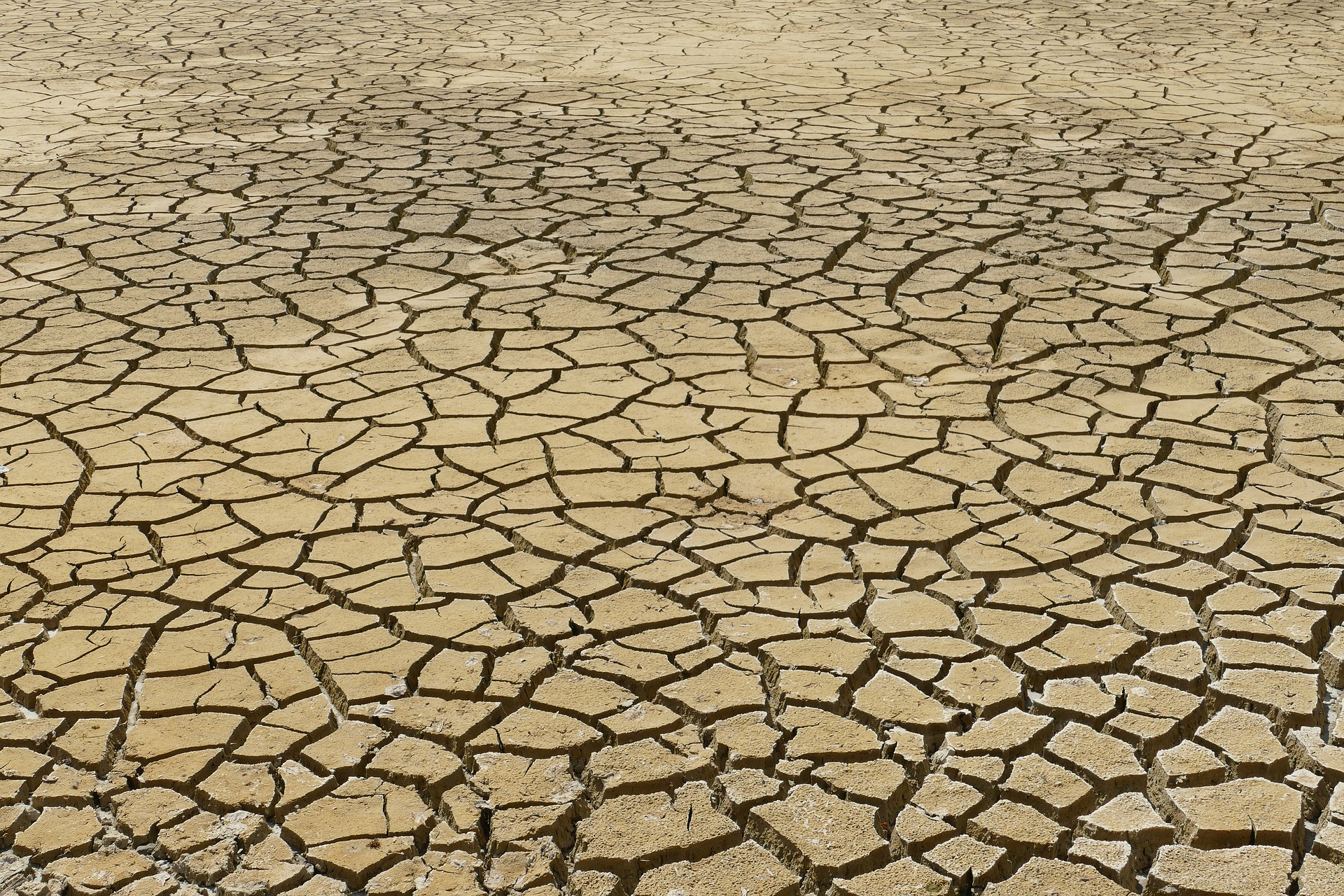Fundamental to observing and understanding our planet
Geoscientific and geospatial techniques, such as GNSS, LiDAR, remote sensing, digital photogrammetry, and hyperspectral imaging are used to enhance our understanding of environmental processes, hazards and climate change, digitise buildings, infrastructure and our environment to generate digital models, and consequently improve sustainability and resillience.
Research projects
Our projects range from highly competitive national and international research grants of 3-4 years to short-term services or consultancies for industry and government administrations. The GGE is involved ins several EU-funded projects (FEDER, Interreg NWE) We also engage in several international long-term activities (10+ years), such as the International GNSS Service Tide Gauge Monitoring (TIGA) project, and make contributions to the International Terrestrial Reference Frame, i.e. ITRF2020, with no additional external funding for these but for the benefit of humankind and our planet.
